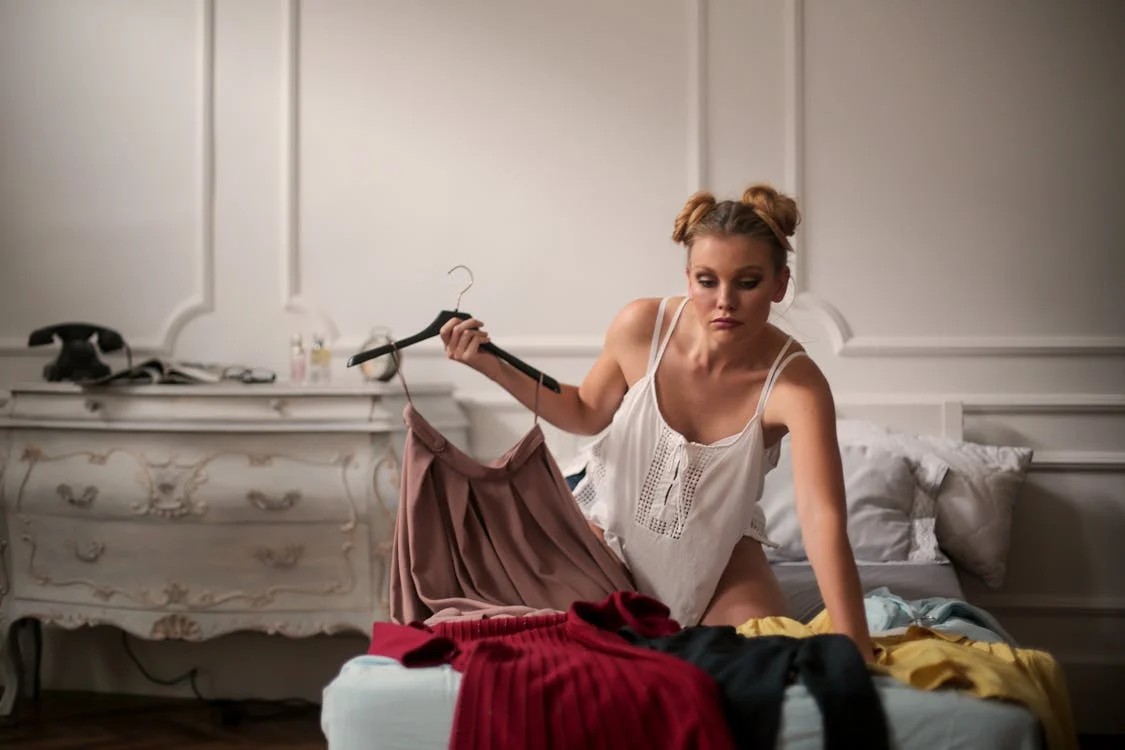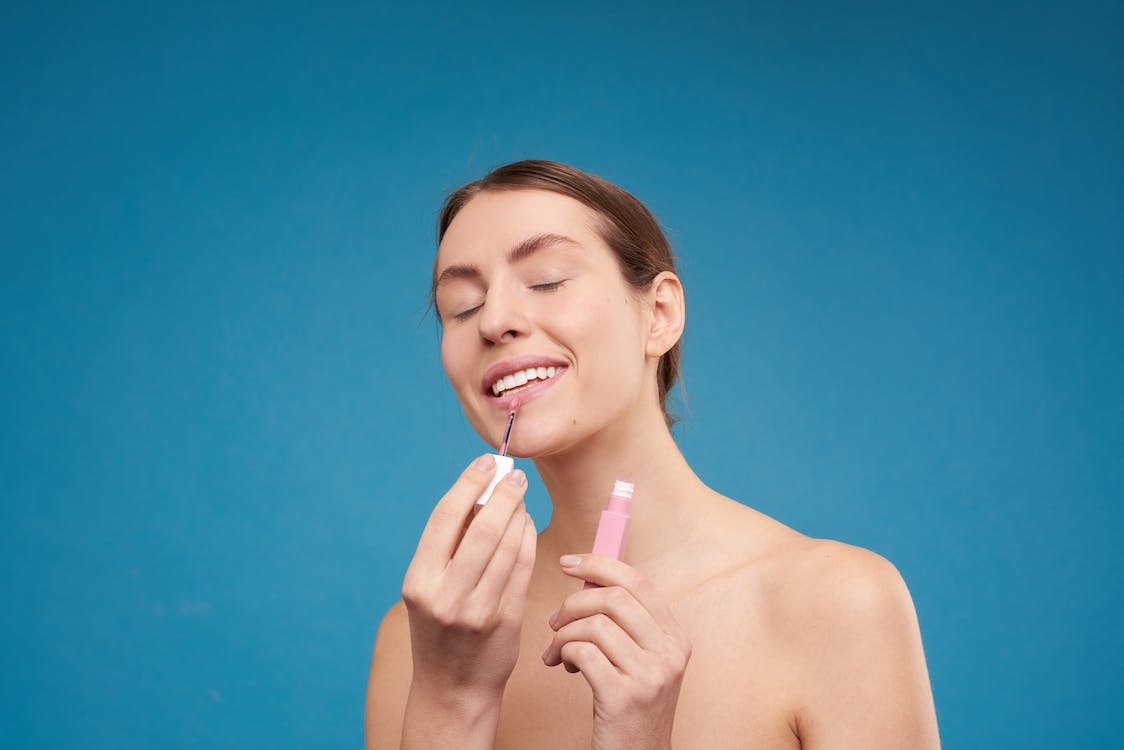What Do Actors Wear During Love Scenes?
A variety of wardrobe and strategic techniques are employed
(By Tonya Tannenbaum)

RELATED TOPICS:
What do actors wear during love scenes?
What do actors do in love scenes?
Why do actors fall in love on set?
What is a Modesty Pouch for actors?
Love scenes require a balance between authenticity and professionalism. To ensure the comfort and modesty of actors while maintaining the scene’s intimacy, a variety of wardrobe and strategic techniques are employed. Here’s a rundown of what actors typically wear during love scenes and how productions handle these sensitive moments.
Modesty Garments
 (Photo: Rodolfo Clix | Pexels)
(Photo: Rodolfo Clix | Pexels)
Covering the Essentials
Modesty garments are specially designed pieces of clothing that cover an actor’s private areas while giving the illusion of nudity. These garments are discreet and are often the go-to choice for love scenes. Common types include:
Nude-Colored Undergarments: These include skin-tone bras, panties, and briefs that blend in with the actor’s skin to appear invisible on camera.
Modesty Pouches: For male actors, these pouches cover the genitals and are usually secured with adhesive or elastic bands.
Pasties and Nipple Covers: For female actors, these adhesive covers protect and conceal the nipples.
Dance Belts: Used by male dancers and actors, these belts provide support and coverage, often used under other garments.
Strategic Wardrobe Choices
 (Photo: Andrea Piacquadio | Pexels)
(Photo: Andrea Piacquadio | Pexels)
Minimal and Concealed Clothing
When complete nudity is not required, actors may wear minimal clothing that is strategically concealed by camera angles, props, or other elements within the scene. Common examples include:
Lingerie and Robes: Lightweight and often semi-transparent, these garments can suggest nudity while providing some coverage.
Sheets and Blankets: Frequently used in post-coital scenes, these items can be draped over actors to suggest intimacy without exposing the body.
Tank Tops and Shorts: For scenes requiring some movement, actors might wear tight-fitting tops and shorts that stay hidden beneath the sheets or other elements.
Adhesive Garments and Silicone Covers
 (Photo: Cottonbro Studio | Pexels)
(Photo: Cottonbro Studio | Pexels)
Advanced Covering Solutions
Adhesive garments and silicone covers offer a more secure and comfortable option for actors, especially during scenes requiring more physical movement. These include:
Stick-On Bras and Underwear: These garments adhere to the skin, providing coverage without visible straps or seams.
Silicone Gel Covers: These reusable covers can adhere to the skin and provide a smooth, natural appearance.
Adhesive Thongs: Used by female actors, these garments provide minimal coverage and are designed to stay in place during movement.
Body Makeup and Paint
 (Photo: Shiny Diamond | Pexels)
(Photo: Shiny Diamond | Pexels)
Creating the Illusion of Nudity
Body makeup and paint can be used to cover any visible lines or seams from modesty garments, ensuring a smooth, natural look on camera. Techniques include:
Airbrushing: This technique uses a fine spray of makeup to create an even skin tone over any garment edges.
Body Foundation: Similar to regular foundation but designed for the body, this product can cover imperfections and provide a seamless appearance.
Post-Production Techniques
Enhancing the Illusion
Sometimes, filmmakers rely on post-production techniques to enhance the illusion of nudity or intimacy. These include:
Digital Editing: Removing visible garment lines or adjusting colors to blend garments with the actor’s skin tone.
CGI Enhancements: Adding or altering elements to maintain the scene’s authenticity while respecting the actors’ boundaries.
Professionalism and Comfort
 (Photo: Adrienn/Pexels)
(Photo: Adrienn/Pexels)
Ensuring a Safe and Respectful Environment
Productions employ various strategies to ensure actors feel safe and respected during love scenes. These include:
Intimacy Coordinators: Professionals who choreograph love scenes and ensure all actions are consensual and actors are comfortable.
Closed Sets: Limiting the number of people present during filming to essential crew only, maintaining privacy and reducing discomfort.
Pre-Scene Discussions: Open communication between directors, actors, and coordinators to discuss boundaries and agree on what will be filmed.
Rehearsals: Practicing scenes with clothes on to establish comfort and choreography before filming the actual scene.
This combination of practical and professional measures enables filmmakers to tell compelling stories while prioritizing the well-being of their cast.



